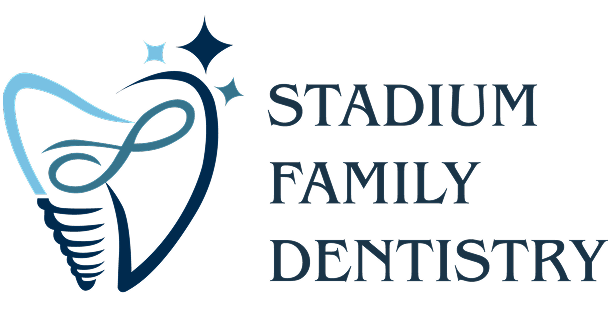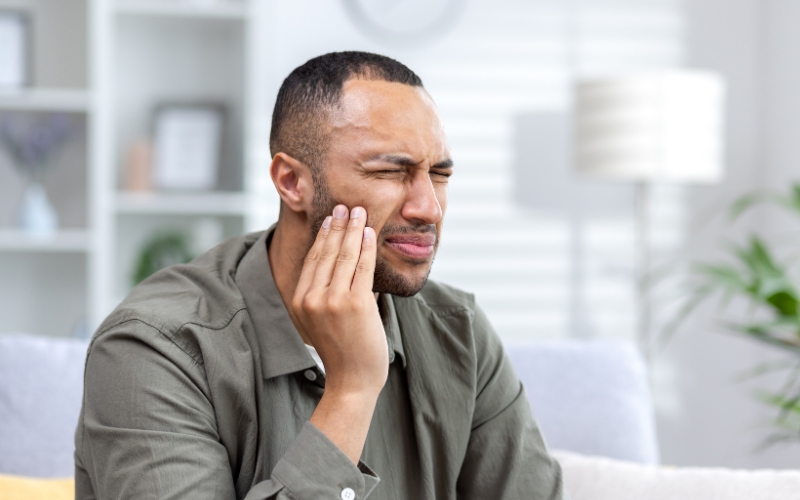
Dental emergencies mainly occur unexpectedly. Knowing how to respond quickly and effectively can help you avoid long-term damage and reduce pain quickly. Prompt action is crucial if you’ve experienced a sudden toothache, chipped a tooth, or lost a crown. In this step-by-step emergency dentistry guide, we will walk you through common dental emergencies, provide immediate actions you can take, and explain when it’s essential to visit a dentist.
Toothaches: How to Manage the Pain
A toothache is one of the most common reasons people seek emergency dental care. Tooth pain can range from mild to severe and can result from various issues, such as cavities, gum disease, or even cracked teeth. Here’s what to do if you’re dealing with a toothache:
- Rinse with Warm Salt Water: This can help cleanse the affected area and reduce inflammation. Gently swish the solution in your mouth for about 30 seconds, then spit it out.
- Use Over-the-Counter Pain Relievers: Ibuprofen or acetaminophen can help manage the pain temporarily. Always follow the dosage instructions before using it.
- Cold Compress: Apply a cold compress to the outside of your cheek near the painful area. Ice helps to numb areas, reducing pain and swelling.
These home remedies for toothache offer short-term relief, but if the pain persists beyond a day or intensifies,, it’s crucial to visit a dentist in Ann Arbor, MI. The cause could be an infection or serious decay that requires immediate treatment.
Knocked-Out Tooth: Save It if You Can
A knocked-out (avulsed tooth) is one of the most urgent in emergency dentistry. Whether it’s due to an accident, sports injury, or a fall, here’s what you should do immediately:
- Find the Tooth: Look for the tooth and handle it by the crown (the top part) rather than the root to avoid damaging it.
- Clean the Tooth: If your tooth is dirty, rinse it gently with water. Do not scrub it or use soap or chemicals, as this could damage the tooth.
- Try to Reinsert It: Place the tooth back into the socket if possible. Gently push it into the correct position and bite down softly to keep it in place.
- Use Milk or Saline To Store Your Tooth: If you can’t reinsert the tooth, store it in a milk or saline solution container. If neither is available, place it between your cheek and gums, as saliva helps preserve the tooth.
- Get to the dentist Quickly: The faster you see a dentist, the higher the chances the tooth can be saved. Ideally, you should see a dentist within 30 minutes to an hour of the injury.
Chipped or Broken Tooth: What to Do Immediately?
A chipped or detached tooth can be a painful and unsightly problem, but immediate action can help prevent further damage. These are what you need to carry out:
- Rinse Your Mouth: Use warm water(salted)to clean the area and remove debris or sharp fragments that may irritate your mouth.
- Apply a Cold Compress: If there is swelling or pain, apply a cold compress to your cheek near the broken tooth to numb the area and reduce swelling.
- Save Any Fragments: If part of the tooth has broken off, save the pieces and bring them to the dentist, as they may be able to reattach them.
- Temporary Relief: Over-the-counter dental cement (available at most pharmacies) can temporarily cover the sharp edges of the broken tooth, reducing the risk of cutting your cheek or tongue.
Visit your dentist as soon as possible to assess the damage. Depending on the extent of the break, treatments may include bonding and a crown. If the nerve is affected, a root canal will be suggested.
Abscesses or Infections: Addressing Severe Pain and Swelling
A dental abscess is a pocket of pus caused by a bacterial infection, often occurring at the root of a tooth or in the gums. Abscesses can lead to serious complications if left unattended, so it’s essential to seek emergency dental care immediately. Here’s how to manage the situation:
- Rinse with Salt Water: A saltwater rinse can help reduce pain and swelling. It also provides temporary relief until one can see their dentist.
- Avoid Squeezing the Abscess: While tempting, do not try to squeeze or pop the abscess. This can spread the infection.
- Pain Relief: Over-the-counter pain relievers like ibuprofen or acetaminophen can help alleviate discomfort, but only temporarily.
- See the dentist Immediately: If you have a dental abscess, you must see a dentist as soon as possible. The infection may require drainage, antibiotics, or a root canal to resolve.
Soft Tissue Injuries: What to Do for Gum or Lip Cuts
Injuries to the soft tissues in your mouth, such as cuts to the gums, lips, or cheeks, can also require urgent care. Here’s what you should do:
- Clean the Area: Rinse your mouth with warm salt water to clean the wound. Avoid using alcohol-based mouthwash, as this can irritate the injury.
- Apply Pressure: If the wound is bleeding, try to apply pressure using clean gauze or cloth. Hold it in place for several minutes to help stop the bleeding.
- Cold Compress: Cold compress can reduce your swelling and numb the area.
If the bleeding doesn’t stop or the injury is severe, visit an emergency dentist for stitches or further treatment.
When to Visit an Emergency Dentist
In general, you should seek emergency dental support if you are experiencing:
- Severe tooth pain that doesn’t subside
- A knocked-out tooth
- A cracked or broken tooth that causing pain
- A dental abscess or infection
- Significant soft tissue injuries that don’t stop bleeding
It’s always better to seek professional care early to prevent the issue from worsening and to reduce the risk of complications.

